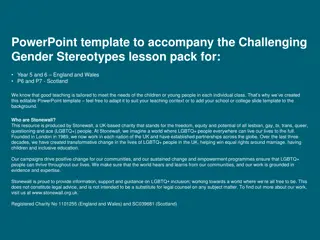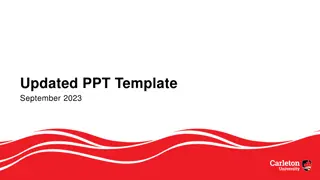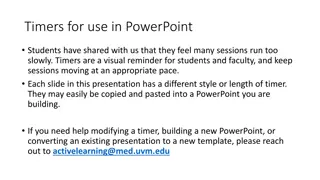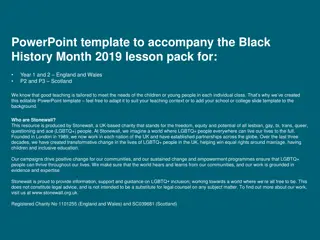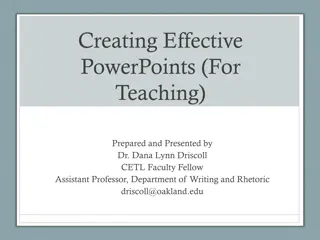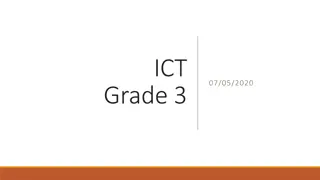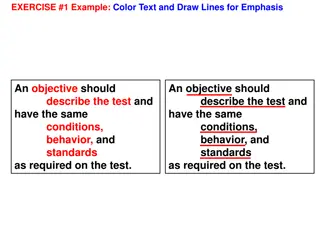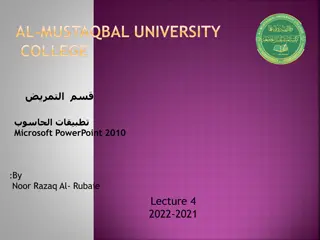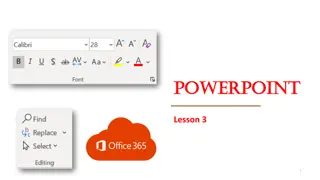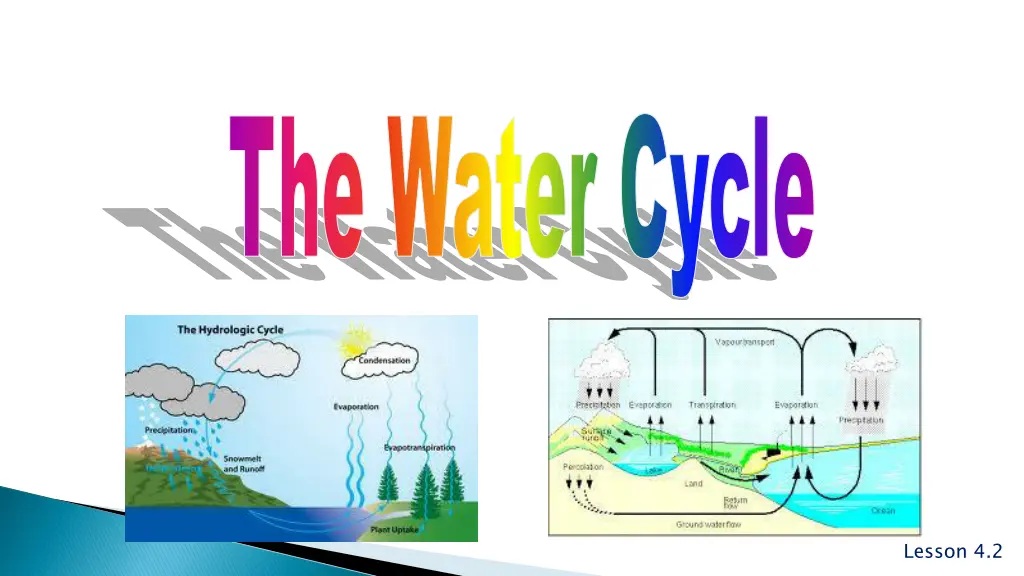
Understanding the Water Cycle and States of Matter
Explore the concepts of the water cycle, states of matter, condensation, wind formation, sea breezes, land breezes, and cirrus clouds in Lesson 4.2. Discover the properties of solids, liquids, and gases along with the transitions between them. Gain insights into atmospheric phenomena like air movement and cloud formations.
Download Presentation

Please find below an Image/Link to download the presentation.
The content on the website is provided AS IS for your information and personal use only. It may not be sold, licensed, or shared on other websites without obtaining consent from the author. If you encounter any issues during the download, it is possible that the publisher has removed the file from their server.
You are allowed to download the files provided on this website for personal or commercial use, subject to the condition that they are used lawfully. All files are the property of their respective owners.
The content on the website is provided AS IS for your information and personal use only. It may not be sold, licensed, or shared on other websites without obtaining consent from the author.
E N D
Presentation Transcript
The Water Cycle Lesson 4.2
1. What are the three basic states of matter? The three basic states of matter are solid, liquid, and gas. Microscopic view of a solid. Microscopic view of a liquid .Microscopic view of a gas. Lesson 4.2
2. Is heat added or is heat removed in each of these changes of state: Solid to liquid? Heat is added. Liquid to gas? Heat is added. Gas to liquid? Heat is removed. Liquid to solid? Heat is removed. Lesson 4.2
Clouds over Kiger Notch, Steen's Mountain, Oregon. 3. What is condensation? Condensation is the process of water vapor cooling off to the point that it turns into liquid water. Lesson 4.2
4.) What causes air to move (wind)? Air is made of tiny particles of gases. As they are heated, they move faster and farther apart, thus taking up more space. Cold air is more dense than warm air and therefore has more air particles in it. Cold air sinks while warm air rises, thus, creating wind. Lesson 4.2
5. What is a sea breeze? What causes it? A sea breeze refers to a breeze that comes from the sea. It is caused by the colder air over a body of water moving on to the land as the warm air over the land is rising up as it is lighter than the dense colder air. http://upload.wikimedia.org/wikipedia/commons/thumb/9/98/SeaBreeze.svg/441px-SeaBreeze.svg.png Lesson 4.2
. 6. What is a land breeze? What causes it? A land breeze is a breeze that is coming from the land. The colder air over the land moves over to the sea as the lighter, warmer air over the sea rises up as it is lighter than the cooler, dense air. Lesson 4.2
. 7. What are cirrus clouds? Cirrus clouds form high in the sky and are usually made of ice crystals. They tend to be wispy and featherlike with fuzzy edges. high clouds: cirrus Lesson 4.2
cumulus 8. What are cumulus clouds? Cumulus clouds tend to be lower than cirrus clouds. They are puffy clouds that appear to rise up from a flat bottom. They are made of water droplets and have sharp, well-defined edges. Lesson 4.2
9. What are stratus clouds? Stratus clouds form at low altitudes and form in blanket-like layers. low clouds: stratus Lesson 4.2
10. What is fog? Fog is a cloud that forms close to the ground. Lesson 4.2
Precipitation is water that falls from the air to the ground as rain, sleet, hail, or snow. Lesson 4.2
12. Under what conditions does precipitation fall as rain? Rain falls when clouds become heavy enough that winds cannot keep the water drops up in the air. They will fall as rain when the air is warmer than freezing. Lesson 4.2
When raindrops fall through a layer of very cold air, they freeze, changing into tiny bits of ice called sleet. Sleet only reaches the ground if there is cold air all the way to the ground. Lesson 4.2
Hail forms when drops of water in a cloud collide with bits of ice, forming a hailstone. Upward moving winds keep the hailstone in the cloud, causing the hailstone to grow larger. Eventually the pull of gravity exceeds the upward wind, causing the hail to fall to Earth. Lesson 4.2
Snowflakes form when the temperature is so cold that water vapor turns directly into a solid called a crystal. A crystal is a solid that has a repeating pattern in its shape. Lesson 4.2
http://upload.wikimedia.org/wikipedia/commons/thumb/9/94/Water_cycle.png/250px-Water_cycle.pnghttp://upload.wikimedia.org/wikipedia/commons/thumb/9/94/Water_cycle.png/250px-Water_cycle.png 16. Describe the water cycle. The water cycle is the continuous movement of water between Earth s surface and the air as it changes from liquid to gas to solid to liquid. This cycle includes the processes of evaporation, condensation, precipitation, runoff, and groundwater. Water on Earth is never lost. Lesson 4.2
The End The End Review, review, review .

